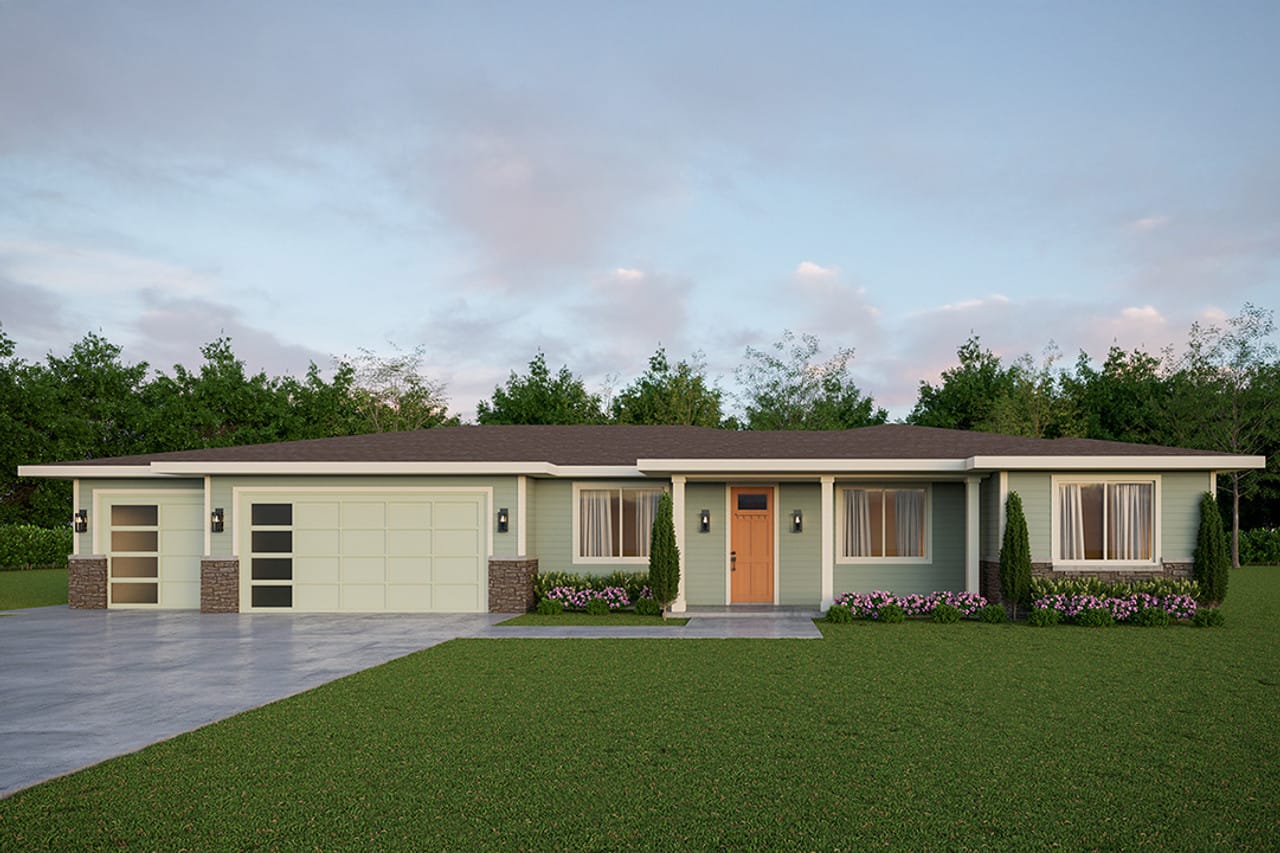Driving Our Roads into the Ground: SARM Calls for More Funding to Aid in Disintegrating Roads and Bridges
These pieces of infrastructure are not only the lifeline for thousands of municipal residents who travel them daily; they also help drive our rural economy by supporting oil and gas, agriculture, mining, and other natural resource sectors.
Media Release, SARM
October 3, 2024
Key Points:
- Rural Saskatchewan roads are deteriorating without aid.
- RMs manage 164,000 kilometers of roads.
- 60% of rural bridges need replacement.
- Bridge building costs rose 25% since 2020.
- RIRG funding dropped from $25M to $17.4M.
- Infrastructure funding lags behind inflationary costs.
Without further aid, the roads and bridges in rural Saskatchewan will continue to deteriorate with significant economic and social consequences.
Rural municipalities (RMs) in the province are responsible for 164,000 kilometres of roads, Canada's largest road network. Roads in the province connect our rural population to urban centres, transport essential supplies, export goods, and more. These busy roads require regular upkeep, maintenance, and ongoing building and re-building. In addition, RMs are responsible for 1280 bridge structures. Unfortunately, years of use have led to 60% of rural bridges at or beyond their expected service lifespan and needing replacement to avoid safety hazards or disrupting the transportation of goods.
"The Rural Integrated Roads for Growth (RIRG) program provides funding for RMs to support rural road construction, bridge construction, culvert installation, and maintaining eligible roads at primary weights. The RIRG program is funded by the Ministry of Highways, administered by SARM, and right now every RM has a laundry list of roads and bridges that are in serious need of repair or rebuild," says Bill Huber, acting President of SARM.
The cost of building a bridge per square foot increased by 36% between 2010 and 2020 and another 25% between 2020 and 2022. Road construction costs have also increased, resulting in a sharp rise in project withdrawals, deeply impacting RMs. Funding for the RIRG program has steadily decreased over the years from $25M in 2009-2014 to $15M from 2015-2023. While SARM was pleased to see a modest increase in funding in the 2024/2025 program year (to $17.4M), funding for this essential program continues to lag behind the great infrastructure needs among the RMs.
"Government's infrastructure spending must keep up with inflation. The civil construction industry needs and has been asking for a long-term serious commitment to build and maintain our provincial road network. The industry continues to see increased expenses in escalating costs for fuel, materials, and labour, while the base spending on infrastructure capital remains relatively unchanged. Inflationary costs reflected in bid pricing that isn't adequately addressed through realistic infrastructure funding leads to less projects tendered, which creates further financial uncertainty for the industry, it becomes a vicious circle." Shantel Lipp, President of the Saskatchewan Heavy Construction Association.
2024 Provincial Election Priorities
The following are SARM's key areas of focus for the upcoming provincial election. This release is the second in a series highlighting the rural challenges around each.
- Infrastructure
- Health Care
- Policing & Crime
- Agriculture
Last Mountain Times Newsletter
Join the newsletter to receive the latest updates in your inbox.


